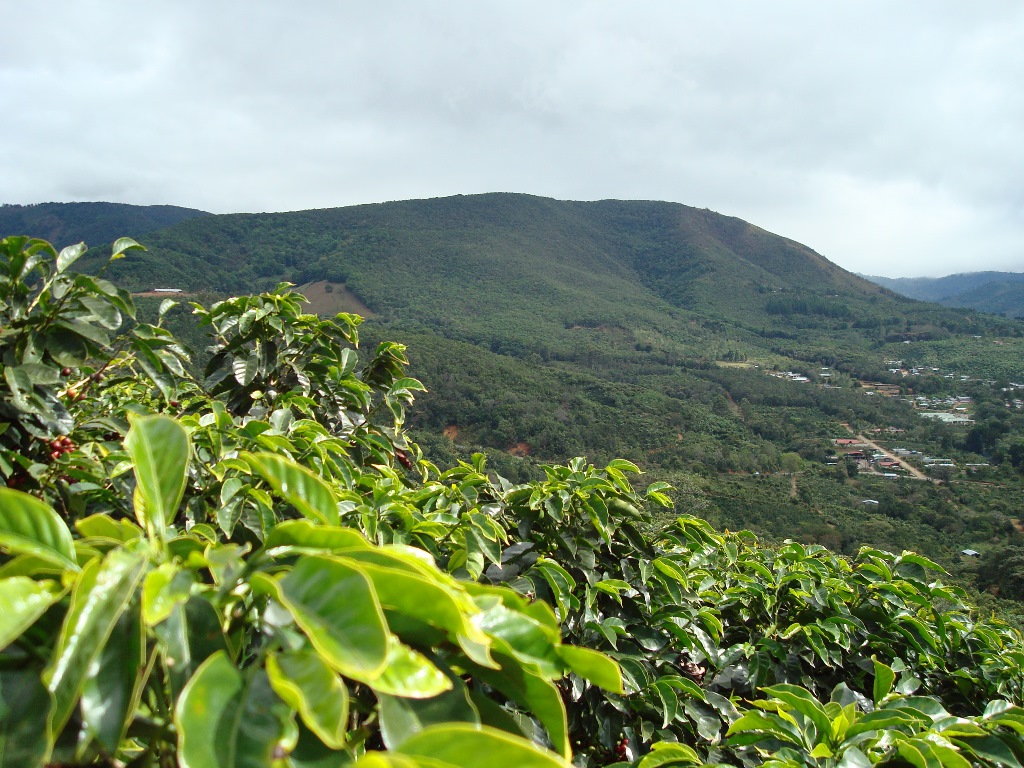The quality of coffee can vary significantly depending on its production process and the geographical area in which it is produced. Factors that influence geographic location may include altitude, soil composition, average humidity levels throughout the year, local climate conditions, topography of surrounding area (mountainous regions or flat planes), water sources used for processing beans prior to roasting and weather events such as long periods of dryness that shift from season to season. Each region has unique characteristics and growing methods which create distinct caffeine flavors contained within each cup. For instance coffees grown at higher altitudes tend to have a more acidic taste while low-altitude countries tend to produce richer flavor profile because their soils are typically nitrogen rich with more moisture than high-altitude locations. The temperature swings between night & day greatly affect photosynthesis processes happening in plants, allowing sugars found naturally in bean oils be developed over several months gradually developing fuller body aromas & tastes; this allows farms located close together but affected by these different temperatures yield drastically different products.. Additionally winding mountain roads with various climates facilitate bottlenecks times when spring freshens hit hotter layers below creating turbulence like updrafts made bakers chocolate notes soar compared side valley areas where vintage port cherries remain prevalent despite heavy rains every other sprout cycle . Also special processing techniques based off manual labor so key factors since machines cannot easily operate rough terrain combine multiple microclimates resulting small batch lots complex phenolic/ethiolic esters resonate through liquid extraction ritual darker roast adherents find impossible mimic elsewhere globe




Leave a Reply